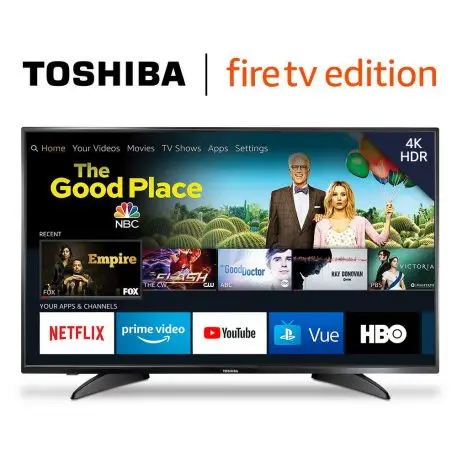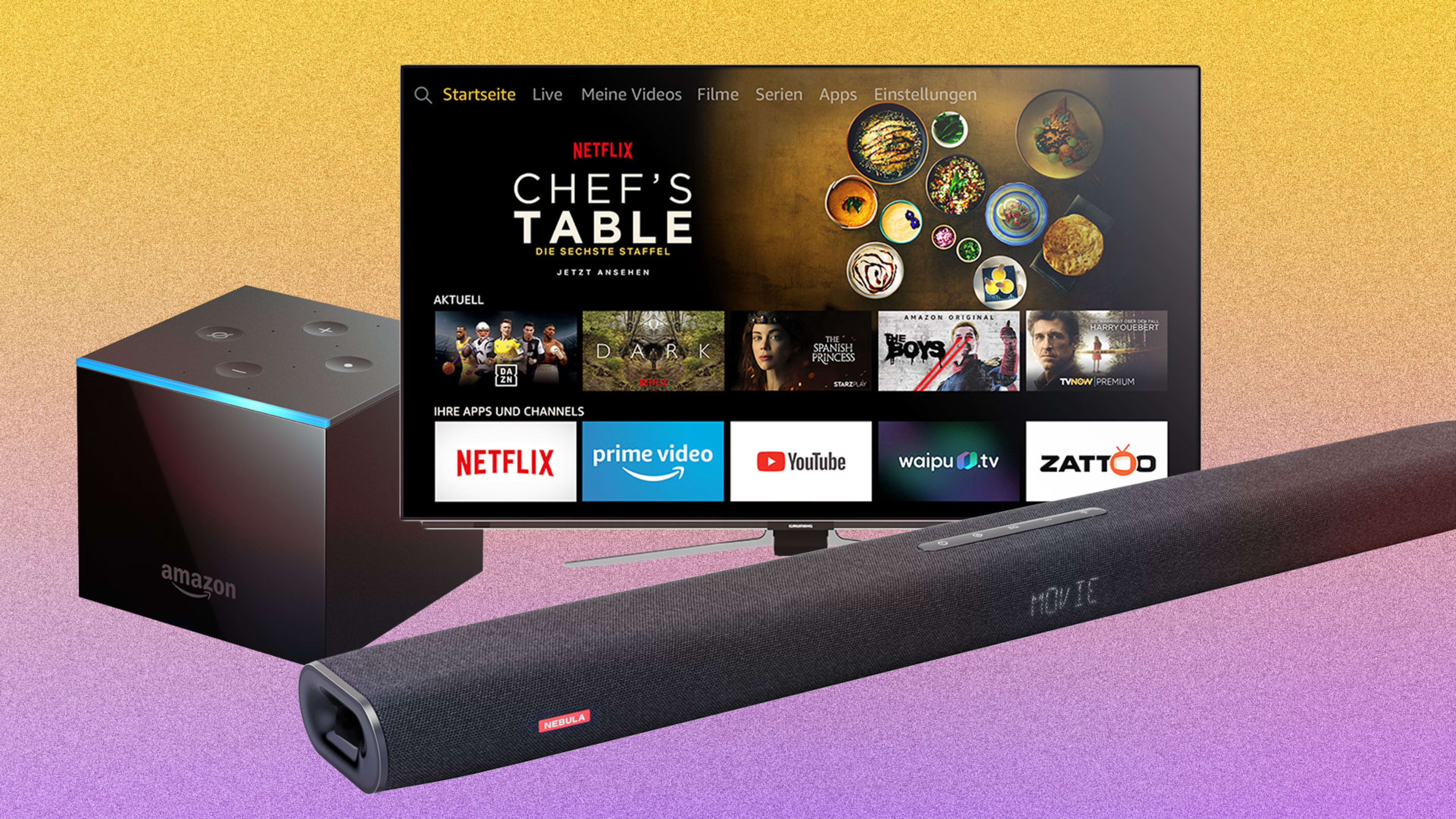Fire TV has become one of Amazon’s biggest hardware hits. Its 37 million active users make it more popular worldwide than Roku (which reports 30.5 million active accounts globally), and it’s also gaining on Roku’s streaming player share in the United States. Fire TV might even be a secret weapon for Alexa, given that it’s included in the 100 million devices to date that have shipped with Amazon’s voice assistant on board.
Compared to Roku, however, Amazon’s success has been lopsided. While Roku’s been licensing its software to TV vendors since 2014—and now appears on more than a third of all smart TVs sold in the United States—Amazon’s licensing strategy only started to solidify last year through a partnership with Best Buy. Even Google, whose Android TV software often seems like an afterthought in the streaming wars, has found traction on TV operator set-top boxes and on smart TVs, mainly in Europe and Asia.
This week, Amazon’s announcing a bigger push beyond the streaming stick. In the U.S., Toshiba will start selling a 65-inch Fire TV—Amazon’s largest 4K HDR set yet for this market—at Best Buy. Amazon is also working with Dixons Carphone in the United Kingdom to sell JVC-branded Fire TV Edition televisions at Currys PC World stores and with MediaMarkt in Germany and Austria to sell Fire TV Edition sets under MediaMarktSaturn’s ok brand. And Grundig will offer Fire TV Edition sets in Germany and Austria, including the first OLED Fire TV set with hands-free Alexa controls.

Sandeep Gupta, Amazon’s vice president of product development for Fire TV, says that these announcements are just the start of what’s to come for a more expansive Fire TV platform.
“It really is our first step toward that vision of Fire TV in more places and ways you want to watch it, so moving from streaming media players to smart TVs and soundbars, and we’ll see where we go next,” he says.
Fire TV’s new forms
The most intriguing addition to the Fire TV lineup is Anker’s Nebula Soundbar Fire TV Edition, which is up for preorder today and will start shipping on November 21. At $230, it’s a little pricier than most budget soundbars, but it also works as a streaming player when plugged into a TV over HDMI. Internally, the hardware is similar to Amazon’s Fire TV Stick 4K.
“You can take any TV in the house, and straight away a single connection upgrades the experience and sound,” Gupta says.

But while Roku is marketing the hardware on its own, both Amazon and Google are enlisting other companies in loading their software onto soundbars. Gupta expects that while Anker will have the first Fire TV soundbars, other companies will be able to launch their own models at different prices and with different audio features.
Amazon also sees Fire TV devices as a gateway to its Alexa voice assistant. While most Fire TV devices have a voice remote for talking to Alexa, the Fire TV Cube also supports hands-free commands, and Gupta says people already use the current version for voice commands eight times more than they do on other Fire TV devices. That might explain why Amazon is now bringing hands-free voice commands to televisions, starting with 55-inch and 65-inch OLED TVs from Grundig in Germany and Australia.
“It brings all of the things we’ve learned on far-field with the Fire TV Cube integrated directly into the smart TV experience,” Gupta says.
Climbing to Roku’s level
Fire TV hasn’t been a category-defining success like Amazon’s Echo speakers, but it’s steadily grown as a streaming platform and gradually eaten away at the market share of Google’s Chromecast devices and Apple TV in the United States, putting it firmly in second place behind Roku among streaming players.
It’s not hard to understand why: Apple has abandoned price-sensitive customers with its $150-and-up Apple TV, and people have started souring on the phone-as-remote paradigm of Google’s Chromecast. Amazon offers cheap alternatives with proper remotes and gives them top billing through its online store.

“I think our price/performance is superior,” Gupta says. “I think you get a lot with our Stick products. And it also seems like our voice integration and content integration really resonates with customers.”
Finding success in smart TVs and soundbars will be a bigger challenge, though. Roku and Google already work with most of the TV brands that aren’t set on running their own smart TV software, and Amazon’s current arrangements with Best Buy and Dixons Carphone preclude other retailers from offering Fire TV Edition televisions at their stores. Those kinds of deals ultimately limit Fire TV’s potential reach, even if they’re necessary to give the platform some traction.
Smart soundbars, meanwhile, still have to prove their worth as a product category. Some folks may not want to compromise on audio quality for the sake of stuffing in streaming video, and it’s unclear whether people will understand the concept of a soundbar that effectively replaces their smart TV or streaming stick.
The bigger source of potential for Fire TV, then, might be those areas where Roku hasn’t gone yet. When I spoke to Gupta earlier this year, he alluded to the possibility of putting Fire TV software into connected cars as an alternative to ancient back-seat DVD players. (Amazon, in fact, recently demonstrated an apparent Fire TV integration for Fast Company as part of its broader plans to get Alexa into cars.) The platform, he said at the time, is now adaptable, so it can go into all kinds of different products.
Still, those kinds of integrations will require more work—and, presumably, more outside partners willing to cast their lot with Amazon.
“All I can say is, stay tuned,” Gupta says.
This story has been updated to reflect that Amazon counts active users the same way as Roku, and therefore has more users globally.
Recognize your brand’s excellence by applying to this year’s Brands That Matter Awards before the early-rate deadline, May 3.
